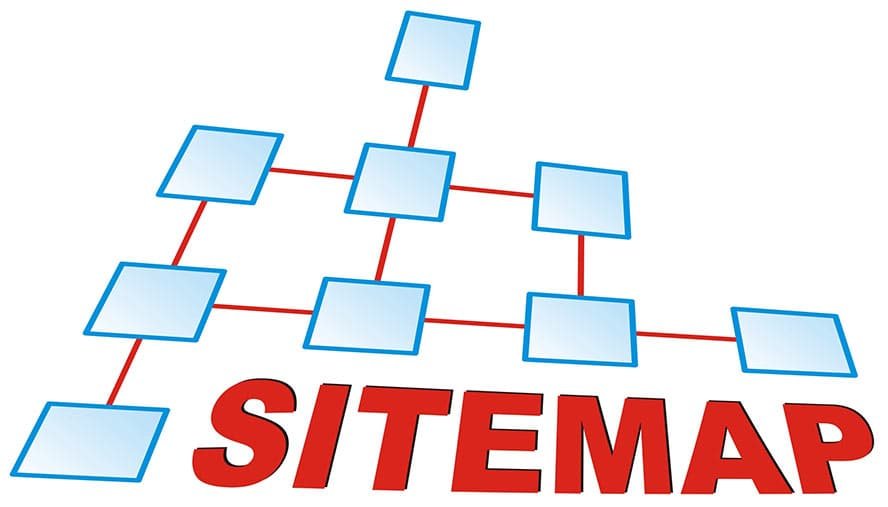Creating a sitemap
One of the challenges of creating your website is to organize your content into meaningful sections. What those sections are will depend on the content of your site, and its purpose, but you could carve your site up into:
- Product types, brand names, or product names
- Audiences, such as buyers and sellers
- Areas of interest, such as environmental news, technology news and book reviews
- Classes of content, such as stories, games, and videos
- Activities that site visitors can undertake, such as shopping, reviewing or downloading
The important thing is that the grouping makes sense to your prospective visitors. It should be possible for visitors to find what they need without having to click between all the different sections to hunt for it. If somebody was reading a page about a camera you sell, they wouldn’t expect to have to go to two different sections to read reviews on it and see videos about it. In that case, it would make more sense to organize all that content in a single section dedicated to that camera.
If your content is diverse, or you have a large catalogue of products, you can use subcategories, too. You could have a top category of cameras, with subcategories for consumer cameras, semi-professional cameras and professional cameras. Or you might have a main category for cameras, which contains subcategories for different brands.
Think like a customer
It’s easy to forget that customers don’t use the jargon you do, and might not be familiar with your site’s content. A lot of businesses create sites that closely mirror how their company divisions are organized, but that often makes no sense at all to outsiders. Visitors don’t know where to start looking for what they need
Try to use simple language to define each section. If you can’t do that, then consider reorganizing the sections, or creating subcategories to reduce complexity.
As well as defining how the content is split up, you need to have a sense of how the sections are related to each other: what content deserves to be on the homepage, for example, and what content be pushed a few clicks away from it.
Developers often create a sitemap, which represents the way the sections are linked to each other, similar to the way that a roadmap might represent connected neighborhoods.
It doesn’t really matter how you make this. One approach is to rite the section names on to sticky notes, and then arrange them Ito a sequence that makes sense, drawing lines between them to represent connections and hierarchy. You can easily add, remove und reposition sections by moving the sticky notes around.
Below you can see two different sitemaps for a band website, mostly based on the same content, but placing a different emphasis. The first, for example, has the shop as a major section. The second pushes free music to the homepage and sells through the music section.
The sitemap doesn’t need to include every link on your site, nor every piece of content. It’s just an overview of the main paths people can take to get between the main content areas. Don’t feel you have to represent every single page.
Asking your customers to help
To help you work out the categories that products belong to, you can ask some of your customers or target audience to carry out a card sorting exercise. To do that, you give them a set of cards with the names of the different content areas or pages on them. They then organize them into groups that make sense to them, suggesting some category names too. You could also ask them how they think the categories should relate to each other. Make sure you use a representative sample of potential customers if you carry out this exercise. Don’t rely too much on one person’s view.


